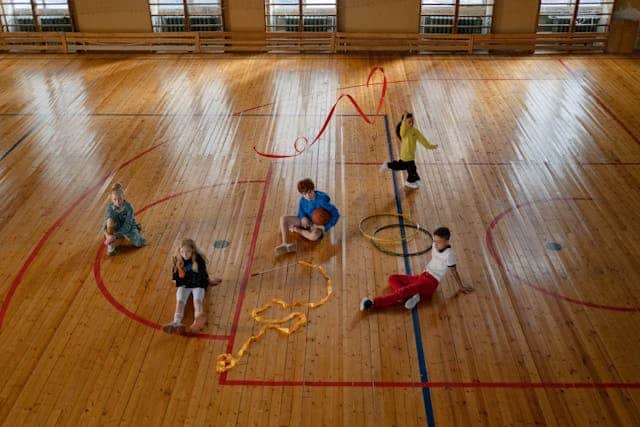
Canadian National Survey of Children and Youth Shows COVID-19 Restrictions Linked with Adverse Behaviours. Summer Homework – Get Kids Outside and Recalibrate Healthy Lifestyles.
July 8, 2020
A Sex/Gender Perspective on Interventions to Reduce Sedentary Behaviour in Girls and Boys: Results of the genEffects Systematic Review
July 24, 2020A paper titled “The occupational sitting and physical activity questionnaire (OSPAQ): a validation study with accelerometer-assessed measures” was recently published in BMC Public Health. The full-text article is available here (open access). A summary of the paper and citation details are below.
ABSTRACT
Background
The Occupational Sitting and Physical Activity Questionnaire (OSPAQ) was developed as an easy-to-use instrument for self-reported assessment of percentage sitting, standing, walking, and performing heavy labour in a workplace setting. This study aimed to evaluate the concurrent validity of all dimensions of the OSPAQ compared to accelerometer-assessed measures of occupational physical activities in a mixed sample of sedentary and physically active professions.
Methods
Data from the Flemish Employees’ Physical Activity (FEPA) study were used, including employees from the service and production sector. All participants filled in a questionnaire, underwent clinical measurements, and wore two Axivity AX3 accelerometers for at least 2 consecutive working days. Intraclass (ICC) and Spearman rho correlations (r) were analyzed to assess concurrent validity.
Results
The sample included 401 workers (16% sedentary profession) with a mean age of 39.2 (± 11) years. Concurrent validity was good and moderate for assessing percentage of sitting (ICC = 0.84; r = 0.53), and standing (ICC = 0.64; r = 0.53), respectively. The concurrent validity for walking was weak to moderate (ICC = 0.50; r = 0.49), and weak for performing heavy labour (ICC = 0.28; r = 0.35). Stronger validity scores were found in sedentary professions for occupational sitting and standing. In physically active professions, an underestimation of self-reported sitting and standing was found, and an overestimation of self-reported walking and heavy labour. No significant self-reported over- or underestimation was found for sitting and heavy labour in sedentary professions, but an underestimation of self-reported standing and an overestimation of self-reported walking was observed.
Conclusions
The OSPAQ has acceptable measurement properties for assessing occupational sitting and standing. Accelerometer-assessed measures of occupational walking and heavy labour are recommended, since a poor concurrent validity was found for both.
Citation
Maes, I., Ketels, M., Van Dyck, D. et al. The occupational sitting and physical activity questionnaire (OSPAQ): a validation study with accelerometer-assessed measures. BMC Public Health 20, 1072 (2020). https://doi.org/10.1186/s12889-020-09180-9




